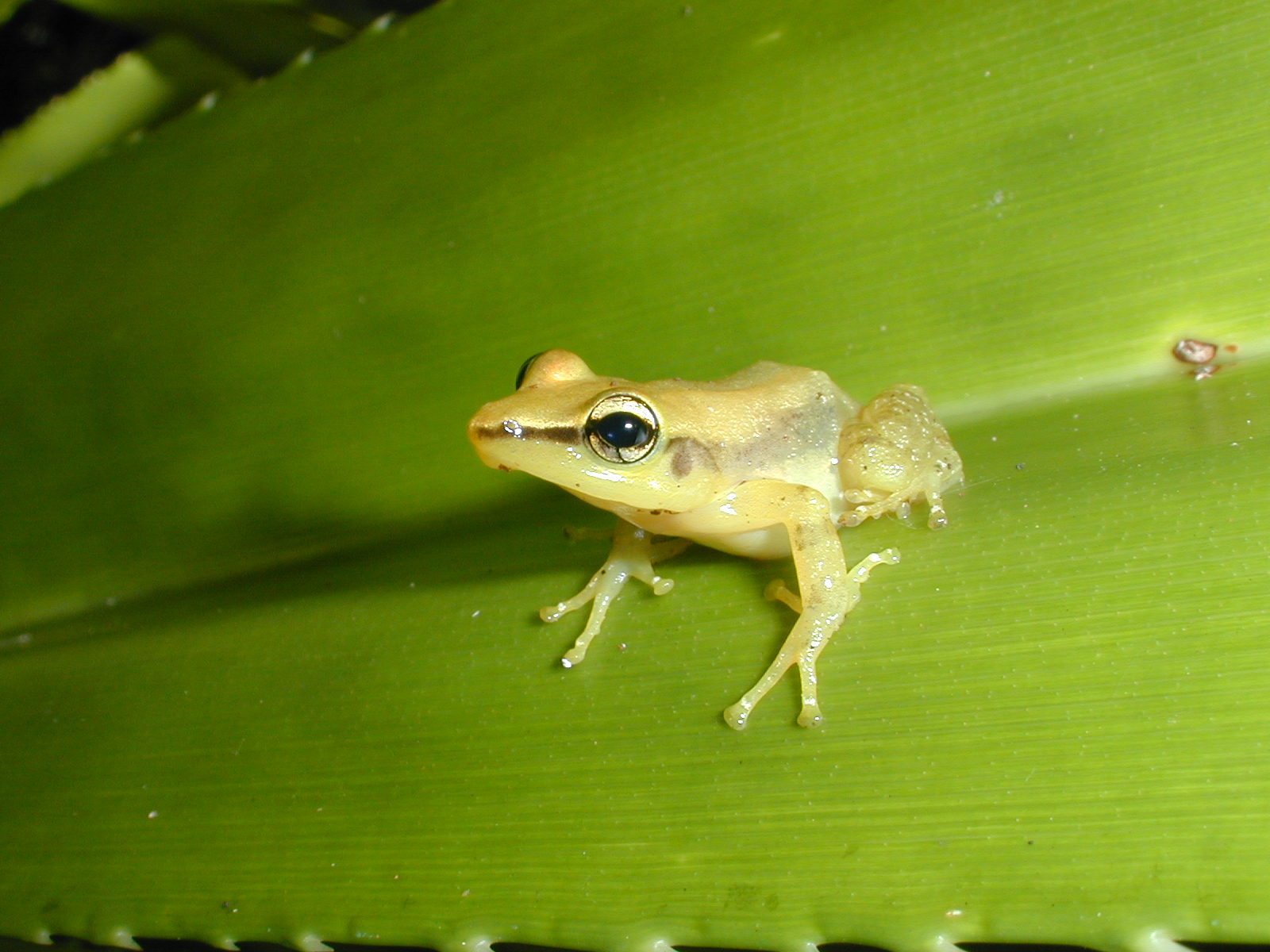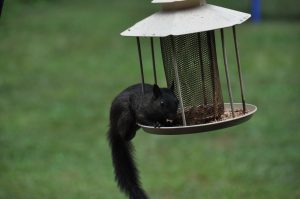The new semester has started at the College of Wooster and invariably some of the new students and faculty are curious about the black squirrels that are common around our campus. So, what’s the deal? Here goes: the black squirrels are the same species as the gray ones (Sciurus carolinensis – the eastern gray squirrel) but possess a certain form of a gene that colors their fur black. Less than two years ago, a research team in the UK identified the specific form of the gene that causes the different pigmentation (at least in UK gray squirrels, which were introduced there in the 19th century from North America and now are associated with the decline of Britain’s native squirrels). Many other mammals also have melanistic forms (i.e., all black individuals: wolves, pigs, mice, jaguars, etc.). For some reason, the black squirrels are fairly localized (they only occur in certain areas) but are often common where they do occur. Recent surveys on our campus have shown that black individuals outnumber the gray ones by about a 3:1 margin, on average. The black and gray ones do mate and produce offspring with one another.
So, in a nutshell(!) – that’s the deal with the black squirrels!
(Note that there are two other squirrel species on campus, too. The fox squirrel (Sciurus niger) is larger, has a rusty orange belly and is sometimes seen amongst the gray squirrels but is less common. The red squirrel (Tamiasciurus hudsonicus) is rarely seen and is usually associated with hemlock trees, especially near the President’s house.)

